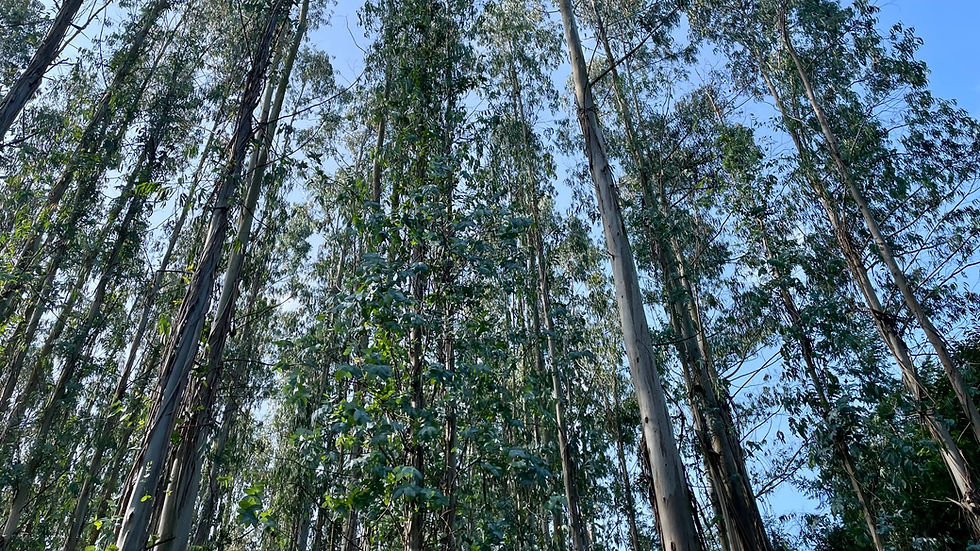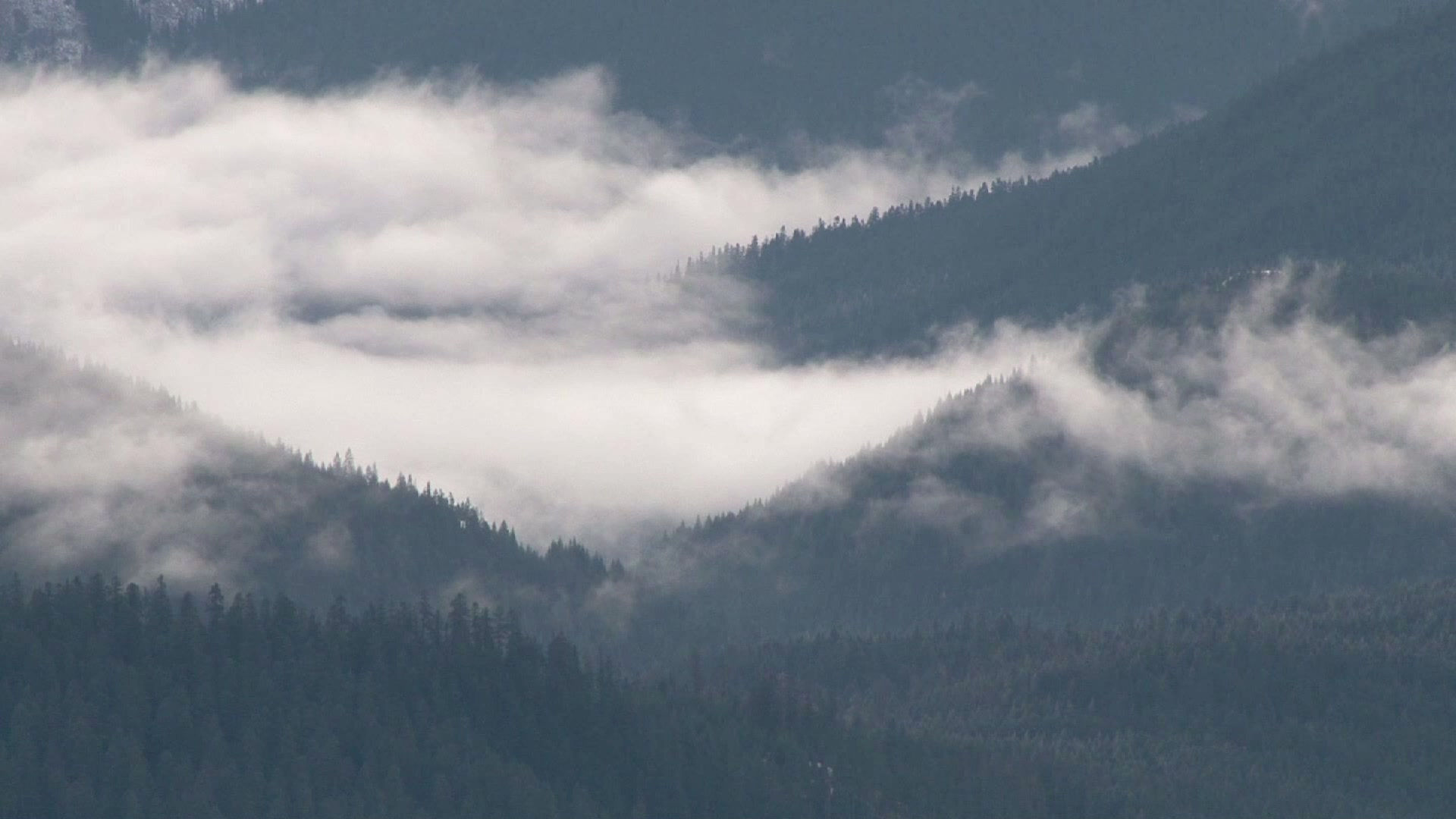
Camino de Santiago: The Last Miles
- Lawrence D'Silva

- Jul 31
- 7 min read
It’s one of Europe’s oldest walking routes, part adventure, and part pilgrimage, with camaraderie aplenty.

The whole thing can take months. I only walked the final three days this time, though I’d love to do the full thing one day. I hope this short stretch gives you a sense of the magic; it certainly did for me.
Day One
It’s a bright day and I feel a nervous sense of trepidation inside the windowless, characterless room where I spend the night. This flips into an excited calm as I step out into the cool, quiet, sunny Santiago morning. A man, clearly a hiker, with a bag and wooden staff, embraces a woman who appears not to be on any kind of pilgrimage. It lasts forever. The scene is unusual; I can’t put my finger on why, but it’s a wonderfully uplifting sight to start the day.
Before long, I’m aboard the bus on the way to Melide. I keep my eyes closed and meditate for an hour. I’ll be walking back this way, so I don’t want to spoil any of it. I’m quite tired too, so I’m kidding myself - the meditation is just a nap.

Walking through the town, I pass Camino merchandise shops. I’d usually avoid such places, but I actually like their stuff. Six euros for a walking pole made from a twisty branch found in the Galician forests, beautifully finished. Maybe I’ll get one at the end, just to defeat the point.
I’m tempted away from the many Pulperías, apparently the best in all of Spain. After watching My Octopus Teacher - one of the most moving natural history films of all time - I can’t bring myself to eat them.
Soon the trail rises up into the strong-scented eucalyptus forests. After coffee, tea, and water, I need to pee about three times. Easier said than done, as Melide is where Caminos from France and Portugal meet. It’s busy, yet not unpleasantly so. At times it feels quite wild and empty. Then I come across a bit of paper dropped on the ground, with a QR code on it. Back in the real world. Or at least the digital one. But is the real world actually the digital world these days? And who decides?
Along the route I chat to several people, including Daniel from Madrid. Some walk alone, some in pairs, some in groups.
I sleep in a typical pilgrims’ rest dorm. It’s an earplugs-in, sleep, get-out job. But I sleep well after the long walk.

⸻
Day Two
I soaked some overnight oats in the fridge, which I struggle to get down before we’re turfed out at 8 a.m.
The consistent energy zips me along the trail, but even so, I stop for zingy fresh juice and coffee in forested glade rest stops. I bump into people I met yesterday and chat. That’s the best thing about the trail: those conversations with faces, new and old, each day, spontaneous, by chance, but it always happens. It feels like a temporary community of pilgrims. It’s lovely.
I chat to Daniel some more, an exceedingly friendly and chirpy guy. He tells me his uncle died this year and he also broke up with his long-term girlfriend. It’s part of his reason for doing the trail.
With lots of people, you can yo-yo between surface-level laughs and deeper conversations. I love that way of being.
I also chat to a Ukrainian woman called Valarie, who I met yesterday. Today she tells me she started a month ago in France. I meet several others like this, walking for a month, even two. Then there’s the couple from Dortmund, who I tell about the Pekoe Trail in Sri Lanka, which intrigues them greatly.
In the evening, I pass a sign along the route that reads: “Tourists don’t know where they have been. Travellers don’t know where they are going.” I catch myself feeling smugly aligned with the latter…. apart from the small detail that I bloody well hope I do know where I’m going. Santiago, please.
25 km done and I collapse into bed after another long day.

⸻
Day Three
It’s the final stretch. My feet are a bit rubbed, so I Vaseline my toes, which sounds about as gross as it feels.
Much of the trail is still through woodland. Forestry for paper was a big industry in Galicia, yet much of the forest that the trail passes through is ancient: big deciduous trees with hanging mosses and lichen as wide as my palm, an indicator of very clean air, but also of a damp climate.
This part of northern Spain, with people who trace Celtic origins, is often grey and rainy. Yet I’ve been blessed with several days of sunshine.
I stop unnecessarily for more coffee and fresh orange juice and to talk to some new people. David has just finished a Master’s in Divinity from Harvard. He was previously a lay minister. You wouldn’t have guessed he was so religious, but it’s easy to forget that this is a religious pilgrimage route at heart.
For many centuries, people have walked ‘the Way of Saint Tiago’ - St James. These days, most people aren’t walking it for purely Christian reasons, but it’s a meaningful spiritual experience nonetheless.

It’s pleasing that the forested sections stretch right up to the city. I walk for an hour alone before meeting a group of Spanish guys my age, all wearing neon orange T-shirts and walking for a cancer charity. I chat with them for a while before telling them I’m going to walk on a bit quicker. That’s normal trail etiquette on the Camino.
After some time, I catch up with an American couple in their mid-70s, with two hiking poles each, cracking on at a furious pace.
This is their second month on the trail, and they’ve come all the way from France. Both are retired, having met 40 years ago in the US Army, where they were soldiers for their entire careers, stationed all over the world but not seeing active service.
They talk of Bosnia in the early ’90s, and I tell them about my experience there as a traveller, last year, thirty years later.
They are thoughtful, kind, intelligent, interesting people, and they tell me they are Trump supporters. They have lost friends over this, and it leads on to more political conversation.
In fact, it’s less conversation and more me listening to what they have to say. Most of the usual arguments are presented. I ask a less emotive one about the United Nations. They reply that they want the UN to “get the hell out of the US,” to which I respond that I’m not sure the UN are “in there” at all.
I ask why the US wouldn’t want to continue to lead the world order, while they’re still a superpower, like they have done since the end of WWII. A welcome silence ensues above the crunch crunch of our boots over the gravel.
“Good question,” they reply. This pleases me.
I go on to ask them where they get their news from. It’s mainly social media. They are both 73 years old.
Soon the conversation moves onto lighter and genuinely enjoyable things. But when I leave them behind, I’m left with thoughts about how the world isn’t the same as it was back in their youth. For most people, the notion of the American dream belongs to the past.
America might still be a land of opportunity for some, but for most of its people, it is not what it once was.
I also think of echo chambers, how they are devoid of complexity and nuance, and how the algorithms reward polarisation. How the Pied Piper cuts through the noise with his simple seductive sound, and carries them away.

The forest continues, and I realise I liked that conversation. The challenge of it. The respect we all had for each other. Connecting with people beyond our respective world views, but not hiding from them either.
I take a final drink before the more suburban stretch into the city. The cafe’s tables are a collection of little tree stumps in the woods. A stream passes by to my right. The soundtrack to The Godfather plays in the background.
An old lady with a stick and her adult son are walking the trail together, arm in arm. The last 5km to go.

⸻
Arrival
In the main square, crowds gather. Some Spanish schools have done the Camino and are having chanting matches between the boys and the girls. There is a celebratory atmosphere under the looming hulk of the cathedral.
I’m soon greeted by several of the people I’ve met along the way. We give each other particularly long hugs, and I remember that this is what I had seen at the very start. It’s a Camino tradition.
Having done only the last few days, I don’t know these people well, but we share the bond of the path trodden. I’m unlikely to ever see them again, but there is something magical in that imperfect impermanence.
That evening I decide that when in Rome… I must find the two guys from Birmingham who’ve set up an Indian restaurant. I order the fresh veg thali and have by far the best food of the trip. It’s an oasis in a desert of fried potato and ham.
The owner, previously the MD of a software firm, walked the entire trail from France a couple of years ago, and now he’s set up shop. What a change.

⸻
Until Next Time
I’m off back home this morning, but not before one last walk. I hike up Monte Pedroso for possibly the best view of the city.
It’s not on the Camino and I don’t see anyone else all morning. With up to 2,500 pilgrims arriving on foot each day at the busiest times, it strikes me just how peculiar it is that no one hikes to this place.
On my flight home is Keith, a retired British Army officer. He’s walked several of the Caminos. He tells me he’s even met people who sort of live on the trail, who’ve been walking it for years, back and forth.
He loves meeting new people. But when I ask what he truly loves about it, why he does it, he says it’s the routine and the simplicity. He needs it.
You get up, you march all day.
Sleep all night.
March all day.
Sleep at night.
And so it goes.






Comments